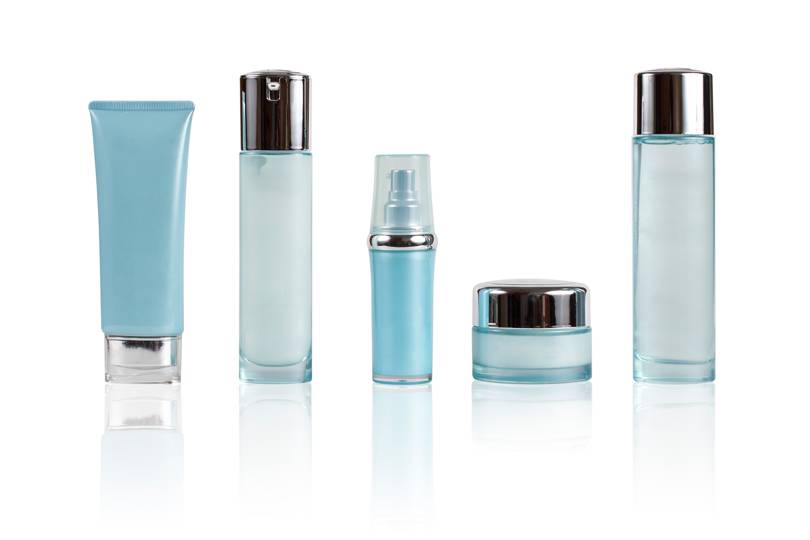iStock
We’ve all heard of ‘green’ beauty, ‘natural’ beauty, ‘pure’ beauty, ‘eco’ beauty, ‘organic’ beauty but what about the latest trend of ‘clean’ beauty? How does it differ? Why do we want it? Will it be a fleeting trend or a total game changer for the industry?
We tracked down Jean Godfrey-June, Beauty Director at Gwyneth Paltrow’s lifestyle company, goop, to get the complete lowdown. Paltrow’s company was one of the first to champion the concept and it’s remained at the forefront of the movement during its rise. Here, Godfrey-June tells you everything you need to know:Q. What is clean beauty?
A. Clean means that there are no known toxins in the formula. Products should be transparent — meaning that every ingredient, including the components of the “fragrance” is listed. When you see “fragrance” on a product label, it’s a place where companies can hide ingredients they’d rather not list on the label.
Q. How does clean beauty differ to natural beauty?
A. Natural things can be toxic. Poison ivy and arsenic are both natural! Clean is about nontoxic, meaning that there are no ingredients in the formula that have been linked to harmful health effects like cancer or hormone disruption.
Q. Does clean beauty allow for science or any man-made ingredient?
A. Absolutely. It’s not that science or synthetics are bad — it’s that toxins are not just permitted but rampant in conventional beauty products. Why should something that’s supposed to be a luxury contribute to illness? Why is that ok?
Q. How can the beauty industry claim their products are “pure”, “natural”, “eco”, “organic” when they’re not?
A. Unfortunately because the industry is largely unregulated. There’s no legal definition of clean, or nontoxic, or natural, and even “organic” products can contain toxins as long as they have some organic ingredients. No governmental agencies are policing it and generally people don’t realise that something can be marketed as “natural” when actually only 1% of the product actually is. Most people are shocked to hear that their favourite products are made with toxic ingredients.
Q. How can you identify a clean beauty product when shopping?
A. It’s something that (unfairly) takes some research. If you shop at a retailer or with a brand that is totally committed to clean beauty, that’s certainly the easiest route. However, if you’re looking at a label, scan for the biggies — it should be free of parabens and phlalates, at the very least. The ingredient “fragrance” is a red flag if the company doesn’t break out what’s in there. The active ingredients in sun products should only include titanium dioxide or zinc oxide, nothing else. Chemical sunscreens are irritating to skin, and some – like oxybenzone – have also been linked to hormone disruption.
Q. What legislation is in place to ensure clean beauty is clean?
A. There is legislation being brought in the U.S. — goop is part of it, the Environmental Working Group is driving it, along with California Senator Diane Feinstein, among others. In the UK, The Cosmetic Toiletry & Perfumery Association do currently monitor that products are safe and investigate that cosmetics containing natural and organic ingredients do actually contain them. However, there is no single body clamping down on chemicals within products as yet.
Q. How far has the clean beauty industry got to go?
A. It’s there. Clean beauty products took awhile to get up to speed in terms of colour, texture, and quality with the rest of the industry, but they are now every bit as effective and luxurious.
Q. What brands should we look out for?
A. I love goop of course, for skincare and fragrance, and May Lindstrom, Weleda, True Botanicals, Uma, Balmyard, Juice Beauty, Tammy Fender, Herbivore. The list is kind of endless at this point – it really is a whole world.
[“Source-glamourmagazine”]











